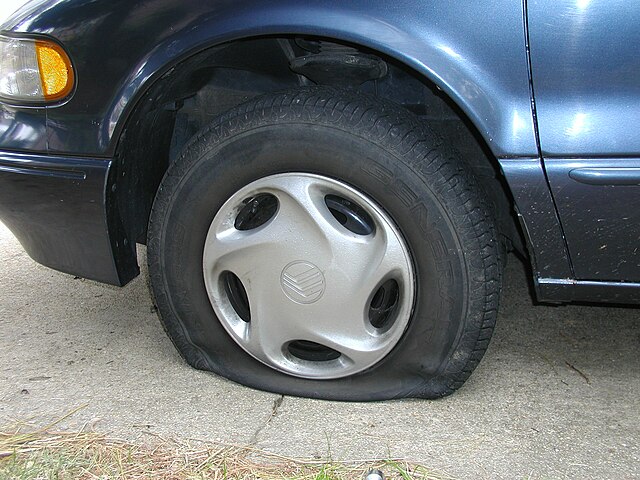WARNING SIGNS
You start your car, greeted by the glow of eight unique symbols beside the speedometer. These are warning lights, issued in most vehicles to warn of mechanical failure. The most common are:
1. The check engine light, which means something isn’t functioning properly in the engine, or the oil needs to be replaced.
2. The low tire pressure light, which is self-explanatory; air up your tires. If a tire has a hole and goes flat, do not drive any further than you absolutely have to, as driving on a flat tire will cause permanent damage to surrounding components.
3. The oil pressure warning light, warning of low oil pressure. This indicates that there is an issue with engine lubrication, which can cause severe engine damage if overlooked. Most of the time, an oil change will fix this.
A reliable way to diagnose the cause of a warning light without actually checking the car is to use a code reader, which uses a computer to try to determine the problem. There is one for free use at any O’Reilly Auto Shop if needed.
If you notice a change in efficiency or the functioning of your vehicle, it’s worth a check-up. 120 thousand of the six million accidents occurring yearly are due to mechanical failure.
REPAIR
Your flat tire isn’t going to fix itself, or any other vehicle problems.
Speaking of a flat tire, you can use a tire repair kit to patch a hole. They consist of a metal rod and pieces of rubber, in which you use the metal rod to shove the rubber into the hole until it’s airtight.
In any case, it’s best to see a mechanic as soon as possible to prevent further damage when something is wrong with your vehicle. One way to ensure you never get stuck in a pickle is to choose a reliable car insurance plan with roadside assistance.
PRESERVATION
The lifespan of your vehicle and its components heavily depends on your driving habits. Your car will thank you if you follow a few simple steps:
1. Ease onto the accelerator and brakes. Vehicles wear down just like muscles from exercise. Parts will grow weaker more quickly with heavy use.
2. Refrain from testing your tire grip on turns. Turn gracefully to preserve tread.
3. When parking, pull the parking brake before letting off the actual brakes. This will greatly increase the lifespan of the transmission, as it prevents the vehicle’s body from slightly lurching forward or backward after parking. When this happens, all the car’s weight rests on the transmission, damaging it over time.
As one of the most crucial and expensive components of a vehicle, it’s in your best interest to keep the transmission running smoothly.







